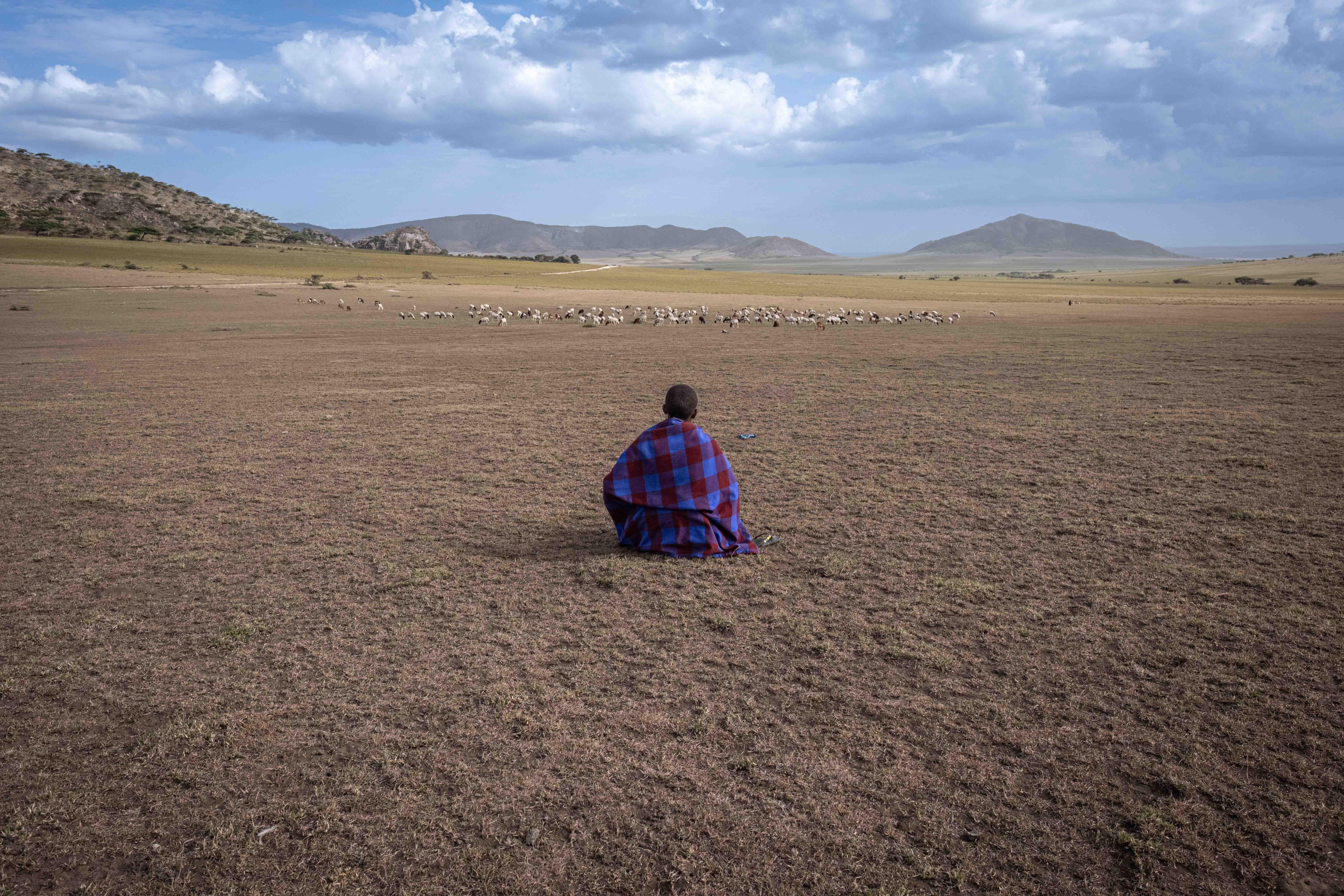Tanzania 2025 – DW, IRPI media, Afrique XXI, RSI, Internazionale, The Chanzo, El Pais
The Maasai are often accused of being “too many” and of keeping too much livestock. In their ancestral lands—where they have lived for centuries—they are told there is no longer enough “space” for them to coexist with wildlife. But is it true? Ngorongoro, Longido and Simanjiro together cover nearly 44,000 km² with very low population densities—far below the national average. Cattle numbers have remained stable for years, and studies show that pastoralism and wildlife can coexist.
The real pressure comes from mass tourism and the business of conservation. Northern Tanzania hosts some of the most famous ecosystems in the world, visited by more than two million tourists in 2024. Safari tourism generates 17% of Tanzania’s GDP, worth billions of dollars. But these are also the ancestral lands of the Maasai—around 400,000 in Tanzania—many of whom have already been displaced or are at risk of losing their homes and culture.
This cross-border investigation denounces how “fortress conservation” has become a vast business—trophy hunting, luxury tourism, and the global carbon credit market—driving a strategy to empty the land of its people. Evictions and abuses against the Maasai have multiplied: from Ngorongoro to Loliondo, from the Pololeti hunting reserve to Lake Natron, from Enduimet to the areas around Kilimanjaro airport. Satellite imagery analysed with the support of Place Marks shows this is only the beginning of a large-scale resettlement plan.
As Maasai lawyer Joseph Oleshangay says: “Maasai are not poachers. The presence of wildlife is evidence: we protect it, because it is our second cattle.” Yet governments and international partners continue to promote fortress conservation: forcing people off the land, seizing livestock, burning homes—while at the same time allowing mass tourism, trophy hunting, and carbon offset projects that often overlap with hunting areas.
This cross-border investigation documents testimonies of the Maasai and the evidence of abuses they have suffered. More than isolated episodes, they form a pattern: a strategy to “empty the land” in order to turn nature into a commodity. A paradoxical conservation model—one that risks erasing not only biodiversity, but also the people who have lived in balance with it for centuries. The investigation also denounces how international partners and organisations such as UNESCO, the Frankfurt Zoological Society or WWF remain largely indifferent—or even appear to support—the strategy of expulsion and forced sedentarisation of the Maasai.
These photos aim to reflect what the Maasai themselves describe: accused of being “too many” and of keeping too much livestock, told there is no longer space for them to coexist with wildlife. Alone in vast open landscapes, alone in the face of displacement—and with it, the looming threat of cultural extinction.
This in-depth journalistic project was produced together with Davide Lemmi, Khalifa Said, Anne Esswein, Paul Hildebrandt, supported by the Pulitzer Center and IJ4EU.












































